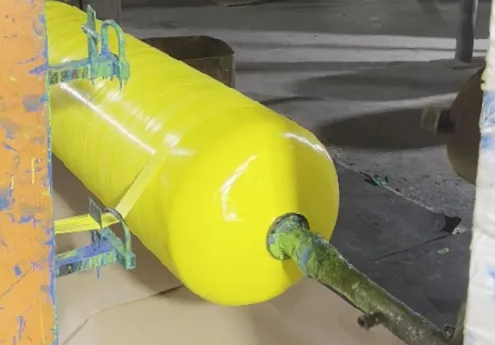loading...
- No. 9, Xingyuan South Street, Dongwaihuan Road, Zaoqiang County, Hengshui, Hebei, China
- admin@zjcomposites.com
- +86 15097380338
- Welcome to visit our website!
Innovative Solutions for Efficient Water Management with FRP Drain Channels
Understanding FRP Drain Channels An Innovative Solution for Efficient Water Management
In the realm of construction and infrastructure, effective water management systems are crucial. An innovative solution that has gained popularity is the Fiber Reinforced Polymer (FRP) drain channel. This article explores the characteristics, benefits, and applications of FRP drain channels, highlighting their potential to revolutionize drainage systems.
What are FRP Drain Channels?
FRP drain channels are specially designed drainage systems made from a composite material that combines polymers with fiberglass. This composition results in a lightweight, durable, and corrosion-resistant channel, ideal for efficiently directing water runoff in various environments. Unlike traditional concrete or metal systems, FRP drain channels offer a modern alternative that enhances performance while minimizing maintenance costs.
Advantages of FRP Drain Channels
1. Lightweight and Easy to Install One of the most significant advantages of FRP drain channels is their lightweight nature. Compared to traditional materials, FRP is easier to handle and transport, resulting in reduced installation time and labor costs. This ease of installation makes FRP channels a favored choice for contractors and builders.
2. Corrosion Resistance FRP is highly resistant to corrosion, making it suitable for environments where water exposure is constant. Unlike metal drains that can rust over time and concrete systems that can deteriorate, FRP maintains its integrity even when subjected to harsh chemicals or salty environments, such as coastal areas. This resistance ensures a longer lifespan for the drainage system and enhanced reliability.
3. Durability FRP drain channels are designed to withstand heavy loads and impact, making them ideal for high-traffic areas such as parking lots, roadways, and industrial sites. Their resistance to deformation under stress ensures consistent performance over time, minimizing the risk of system failure.
4. Customization Options FRP drain channels can be customized to meet specific project requirements. Available in various sizes, shapes, and configurations, they can be tailored to fit different terrains and drainage needs. This flexibility allows for optimal water management solutions tailored to individual project specifications.
frp drain channel

5. Aesthetic Appeal In addition to their functional benefits, FRP drain channels can be designed to blend seamlessly with their surroundings. This aesthetic versatility makes them suitable for urban environments where visual impact is a consideration.
Applications of FRP Drain Channels
The versatility of FRP drain channels lends them to a wide range of applications across various sectors
1. Infrastructure Development In roadway construction, FRP drain channels are used to manage stormwater runoff, preventing flooding and erosion. Their lightweight nature allows for easy integration into road systems.
2. Industrial Facilities Factories and processing plants often handle water that contains chemicals, oils, or other hazardous materials. FRP's corrosion resistance makes it an ideal choice for managing such waste, ensuring compliance with environmental regulations.
3. Sports Facilities Athletic venues, including stadiums and golf courses, benefit from FRP drain channels designed to effectively handle water during heavy rains while maintaining an appealing design that complements the facility.
4. Residential Areas In residential development, effective drainage is essential to protect landscapes and property. FRP drain channels can be incorporated into landscaping designs, leading to functional aesthetics that enhance property value.
Conclusion
In summary, FRP drain channels represent an innovative solution for modern drainage needs. Their lightweight construction, corrosion resistance, and durability position them as a superior choice for various applications, from infrastructure to residential development. As water management continues to be a pressing issue, the adoption of advanced materials like FRP will play a critical role in creating efficient, lasting drainage solutions. By embracing these innovative technologies, communities can enhance their infrastructure while addressing environmental concerns effectively.
-
The Rise of FRP Profiles: Strong, Lightweight, and Built to LastNewsJul.14,2025
-
SMC Panel Tanks: A Modern Water Storage Solution for All EnvironmentsNewsJul.14,2025
-
GRP Grating: A Modern Solution for Safe and Durable Access SystemsNewsJul.14,2025
-
Galvanized Steel Water Tanks: Durable, Reliable, and Ready for UseNewsJul.14,2025
-
FRP Mini Mesh Grating: The Safer, Smarter Flooring SolutionNewsJul.14,2025
-
Exploring FRP Vessels: Durable Solutions for Modern Fluid HandlingNewsJul.14,2025
-
GRP Structures: The Future of Lightweight, High-Performance EngineeringNewsJun.20,2025
